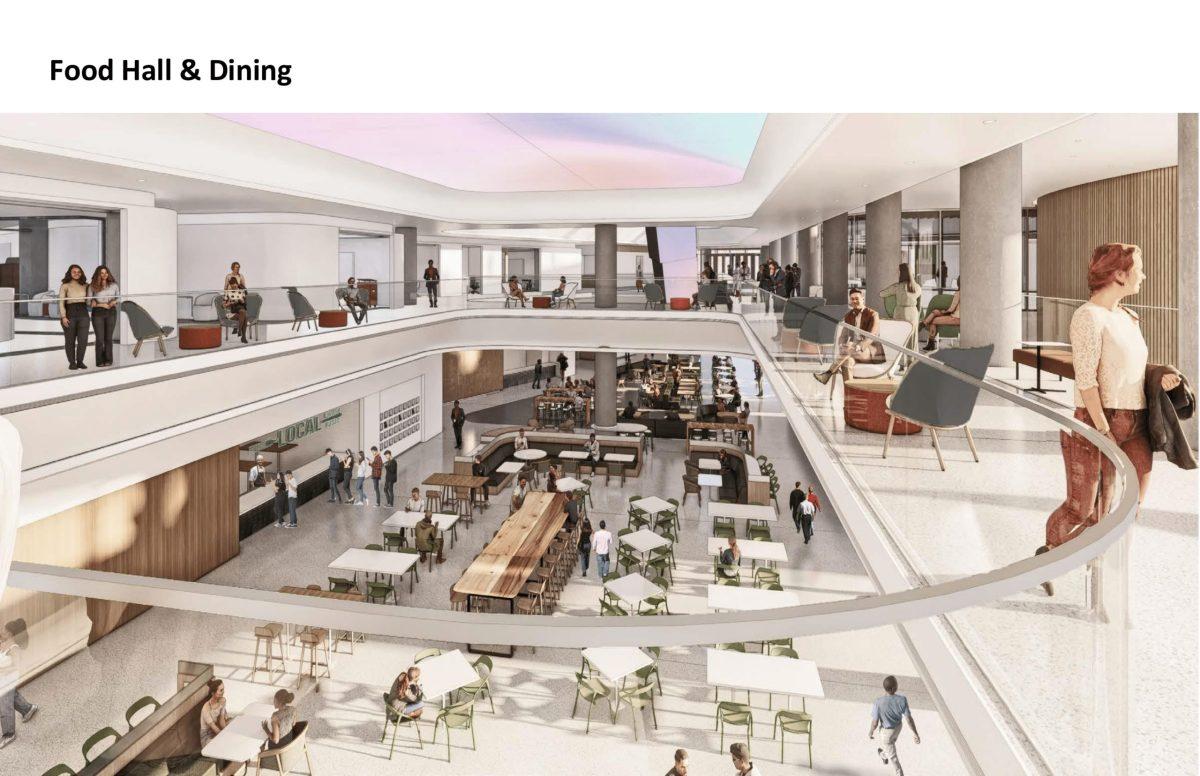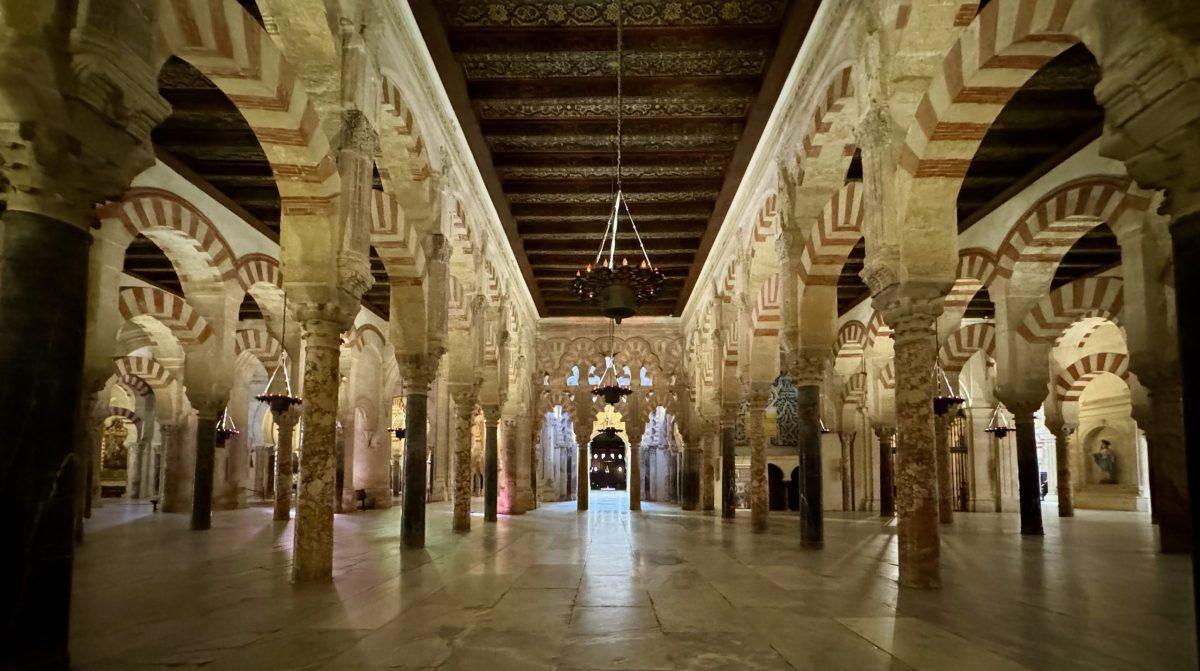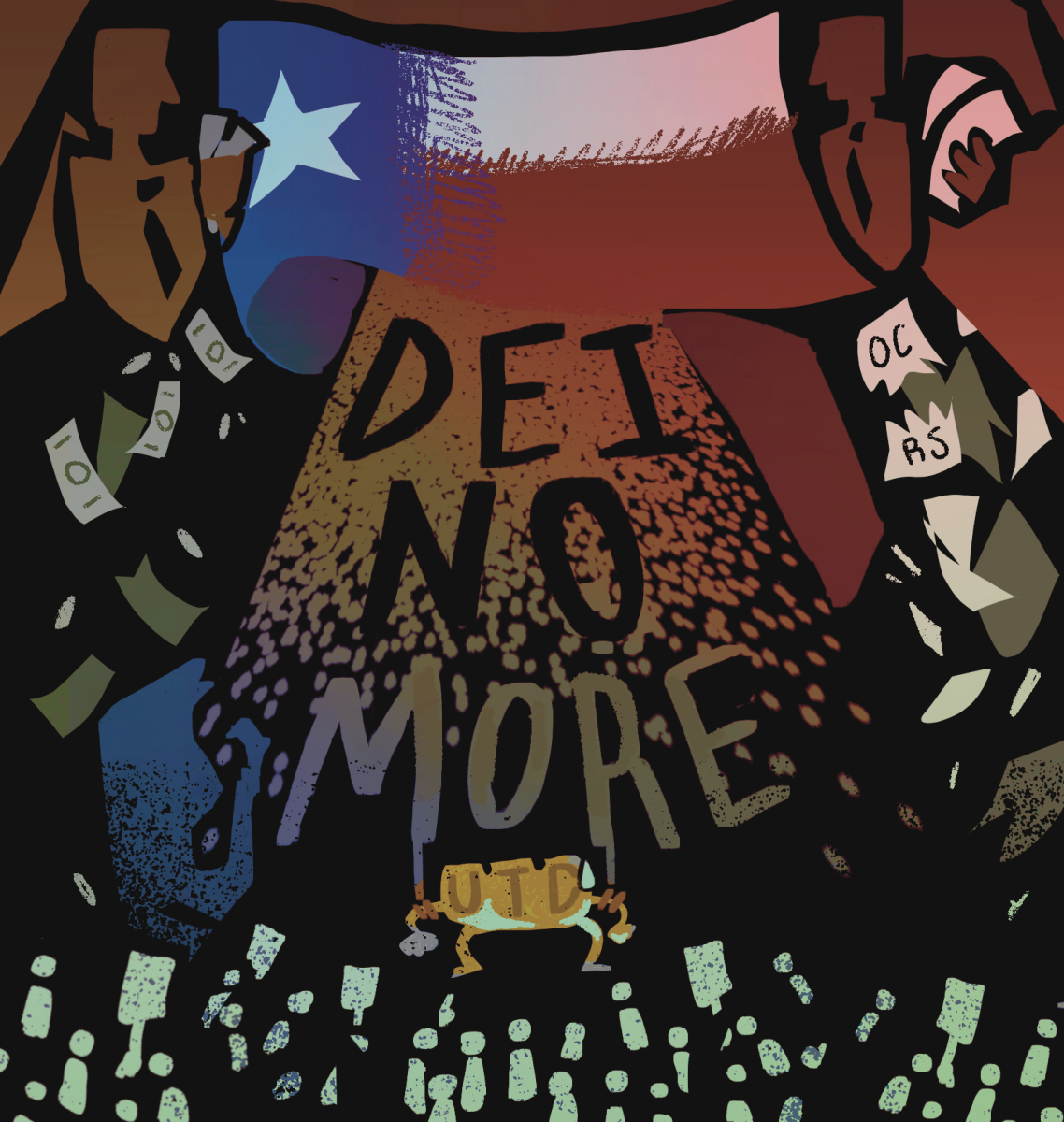Following recent uncertainty surrounding the Art Barn’s future, the building is officially scheduled to close on May 13 with demolition following in June.
Arts and Humanities Dean Dennis Kratz publicly confirmed its closure during “The Final Picture Show,” the last gallery exhibition held at the Art Barn on April 28.
After the demolition, the space will be used for a physics and math building. The design is shaped like a staple, so it will have various wings. The new building’s construction has already been planned and scheduled, which makes any effort to save the Art Barn futile, Kratz said.
“We saved it for a couple of years,” Kratz said. “I was going to get out the old sweaters again and put them around the Art Barn. What’s being lost in the Art Barn is not just the gallery, not just printmaking facility and sculpture facility. It really, over the past few years, has become a communal space for students, and I am very much sad to see that taken away. I’d like to see the university build something to replace the Art Barn.”
Nonetheless, campaigns to save the Art Barn are in motion. Kaitlyn Stacey, a geosciences graduate student, created an online petition to preserve the building. The proposal has accrued over 350 signatures in two days with comments from students and alumni who want to keep the building on campus.
“For years, we’ve tried to save it,” Stacey said. “We’ve made our concerns very open and vocal, and we seemed to quell the impending closure every time. This time, the decision to close and destroy the building was ultimately made kind of behind the backs of everyone, including a lot of the arts and humanities department and administration.”
Stacey said she is concerned with the notion that the university did not involve students in the process or decision surrounding the building, especially when students’ educations are affected.
“The student body has been completely ignored and disregarded, and especially the art students who are paying for an education. … They expect to have rooms to take these classes, they expect to be able to get studio space that can accommodate the kind of art they want to do, they expect to have a gallery to show their work,” Stacey said.
The main objective of those trying to save the Art Barn is to bring awareness to the need for transparency between the administration and the students because of the lack of communication surrounding this decision, rather than actually saving the space, Stacey said.
“The Art Barn is going to be destroyed, we’re not really going to save it,” Stacey said. “Ultimately, I just want to highlight … the message that the student body needs to be an integral part of the decision making process of issues of this magnitude. We can’t be ignored; we can’t be treated as if we don’t matter when we’re spending money to go here.”
The Art Barn currently accommodates classes, offices, gallery spaces and workspaces for sculpture and printmaking.
The gallery that once existed in the Art Barn will be moved to the Synergy Park North building and utilize 6,000 square feet of space for that purpose. Kratz said the university may move sculpture and printmaking there as well.
However, there is nowhere else on campus to hold the classes that are scheduled in the building for fall 2017. Some of these classes are required for graduation as a part of certain degree plans. Kratz said President Benson is working to reassure students and faculty about the location of the classes, and that information should be released soon.
“In terms of the visual arts, my worry is that there are six classes scheduled for the Art Barn for the fall that have yet to be replaced because there is no other sculpture or printmaking place,” Kratz said.
The university has neglected to address the need for music and arts facilities and did not give advance thought to where sculpture and printmaking Kratz said. The arts and humanities department is confident that it will soon address those needs for the future of the arts program and arts education for UTD students as a whole.
“The spirit of art goes on, we just move it to another place. My hope is that the forward-thinking administration will realize what’s needed and will create the venues that we need,” Kratz said.

















